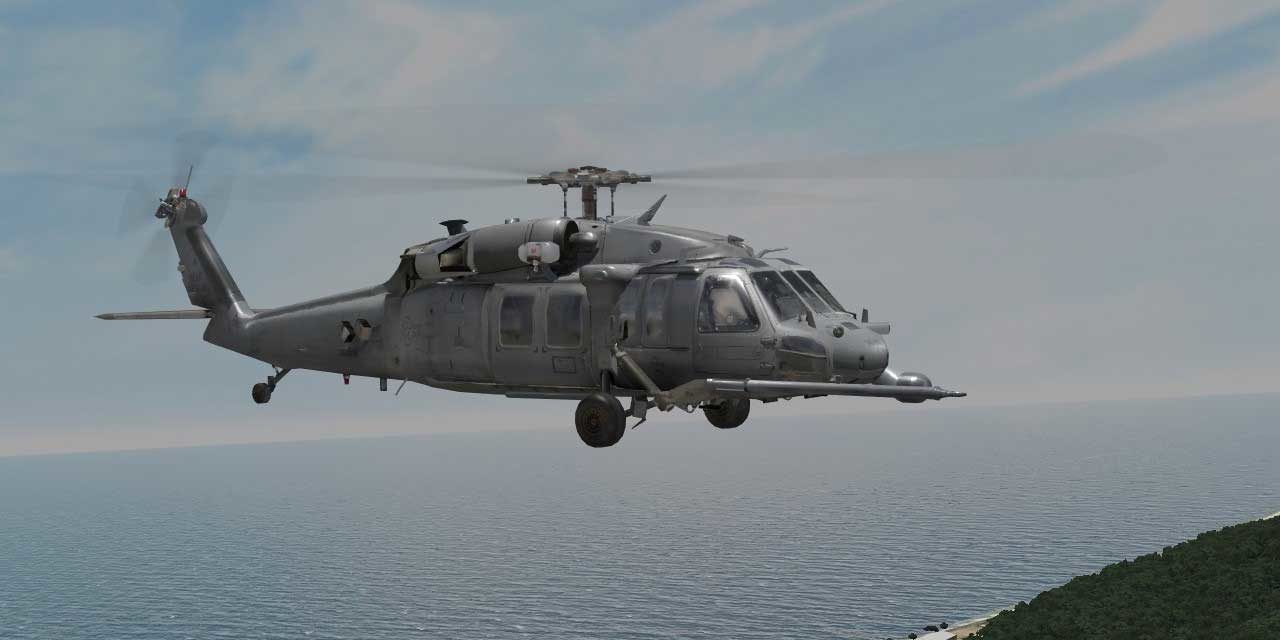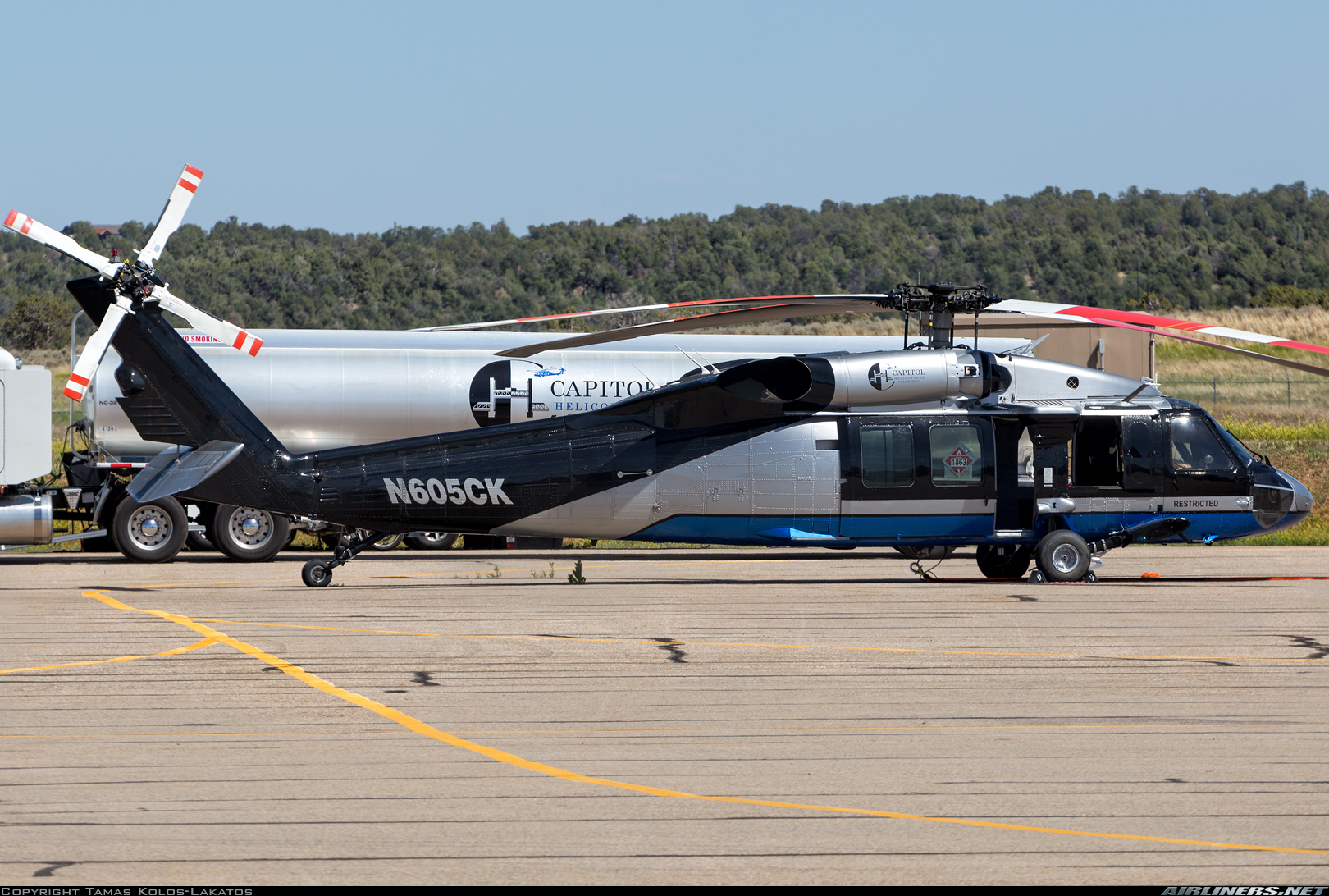Why the Sikorsky S 70 is the Preferred Option for Modern Helicopter Missions
Why the Sikorsky S 70 is the Preferred Option for Modern Helicopter Missions
Blog Article
Modernized Vertical Lift System With Advanced Composite Frameworks and Enhanced Precaution
In the realm of vertical lift platforms, a significant shift towards modernization has been observed, driven by the integration of advanced composite structures and heightened safety measures. In exploring the merging of modern technology and safety in modern-day lift systems, an engaging narrative emerges, showcasing the potential for transformative developments that cater to the ever-evolving needs of industrial sectors.
Advancement of Upright Lift Platforms

The evolution of vertical lift platforms can be traced back to basic pulley systems and early elevator designs. Gradually, technologies such as hydraulic systems, electric motors, and advanced control mechanisms have actually significantly boosted the performance and security of these platforms. Manufacturers have actually additionally concentrated on improving the stability, reach, and load-bearing capacities of upright lift platforms to satisfy the diverse demands of various markets.
In addition, the combination of clever modern technologies like sensing units, IoT connection, and automation features has further transformed the capabilities of modern-day upright lift platforms. These technical improvements not just enhance functional productivity yet also guarantee enhanced security standards for workers making use of these platforms at different elevations. The constant evolution of upright lift platforms emphasizes their indispensable duty in enhancing upright movement throughout markets.
Assimilation of Advanced Composite Frameworks

Additionally, using advanced composite products permits even more complex and enhanced structural styles, enabling designers to tailor the system's homes to meet certain performance demands. This customization can lead to boosted aerodynamics, minimized vibrations, and improved total safety during procedure. The integration of sophisticated composite frameworks also adds to a reduction in upkeep prices and downtime, as these materials display excellent resistance to environmental aspects and have a longer solution life compared to conventional materials. On the whole, the incorporation of sophisticated composite frameworks in modern-day vertical lift systems represents a considerable advancement in aerospace innovation, bring about more efficient, trustworthy, and more secure airborne transport systems.
Enhanced Precaution Execution
Applying improved safety measures is vital in guaranteeing the optimal efficiency and dependability of modern upright lift platforms. These measures incorporate a variety of techniques focused on mitigating dangers and enhancing total safety criteria. One crucial aspect of enhanced security measures is the assimilation of advanced sensing unit innovations to check different parameters in real-time. By using sensors for functions such as architectural health and wellness surveillance, tons surveillance, and environmental picking up, prospective threats can be identified early, enabling proactive upkeep and rehabilitative actions.

Industry Applications and Benefits
With developments in go to my blog technology and engineering, improved upright lift systems have found diverse applications throughout various industries, offering significant advantages in performance and performance. The building and construction market advantages from vertical lift systems by making it possible for workers to access elevated areas securely and efficiently, enhancing total task timelines.
In addition, upright lift platforms play an important function in the upkeep and repair work of infrastructure such as bridges, high-voltage line, and buildings, permitting service technicians to reach unattainable locations with convenience (sikorsky s 70). The air travel industry also leverages these moved here systems for airplane maintenance and assembly jobs, improving operations efficiency and guaranteeing employee safety and security at elevations. In general, the prevalent fostering of up-to-date vertical lift systems across markets highlights their flexibility and the considerable enhancements they bring to various operations
Future Trends in Lift Platform Technology
Incorporating sophisticated automation and intelligent attributes, lift platform technology is poised to transform upright transport systems in the near future. One essential trend is the assimilation of Net of Things (IoT) innovation, making it possible for lift platforms to communicate real-time information for anticipating upkeep, enhancing performance, and enhancing safety and security. As lift system innovation continues to progress, these patterns are established to form the future of upright transportation, making it extra effective, risk-free, and user-friendly.
Conclusion
In conclusion, the modernized vertical lift system showcases the advancement of technology in the industry. By incorporating innovative composite frameworks and improved safety and security procedures, this system provides enhanced performance and safety and security for different applications. The industry can profit greatly from these innovations, and future patterns in lift platform technology are likely to proceed boosting upon these advancements for also better success and effectiveness.
In the world of upright lift systems, a considerable shift towards modernization has actually been observed, driven by the combination of advanced composite hop over to these guys structures and enhanced safety and security actions. The continual advancement of vertical lift systems emphasizes their important function in improving vertical wheelchair across sectors.

The incorporation of sophisticated composite frameworks in contemporary vertical lift systems has substantially boosted their structural stability and performance capacities. By integrating these sophisticated composites right into the style and building and construction of vertical lift systems, suppliers can reduce overall weight, increase load-carrying capability, and improve the platform's durability and long life.
Executing improved safety and security measures is essential in ensuring the optimum efficiency and reliability of contemporary upright lift platforms.
Report this page